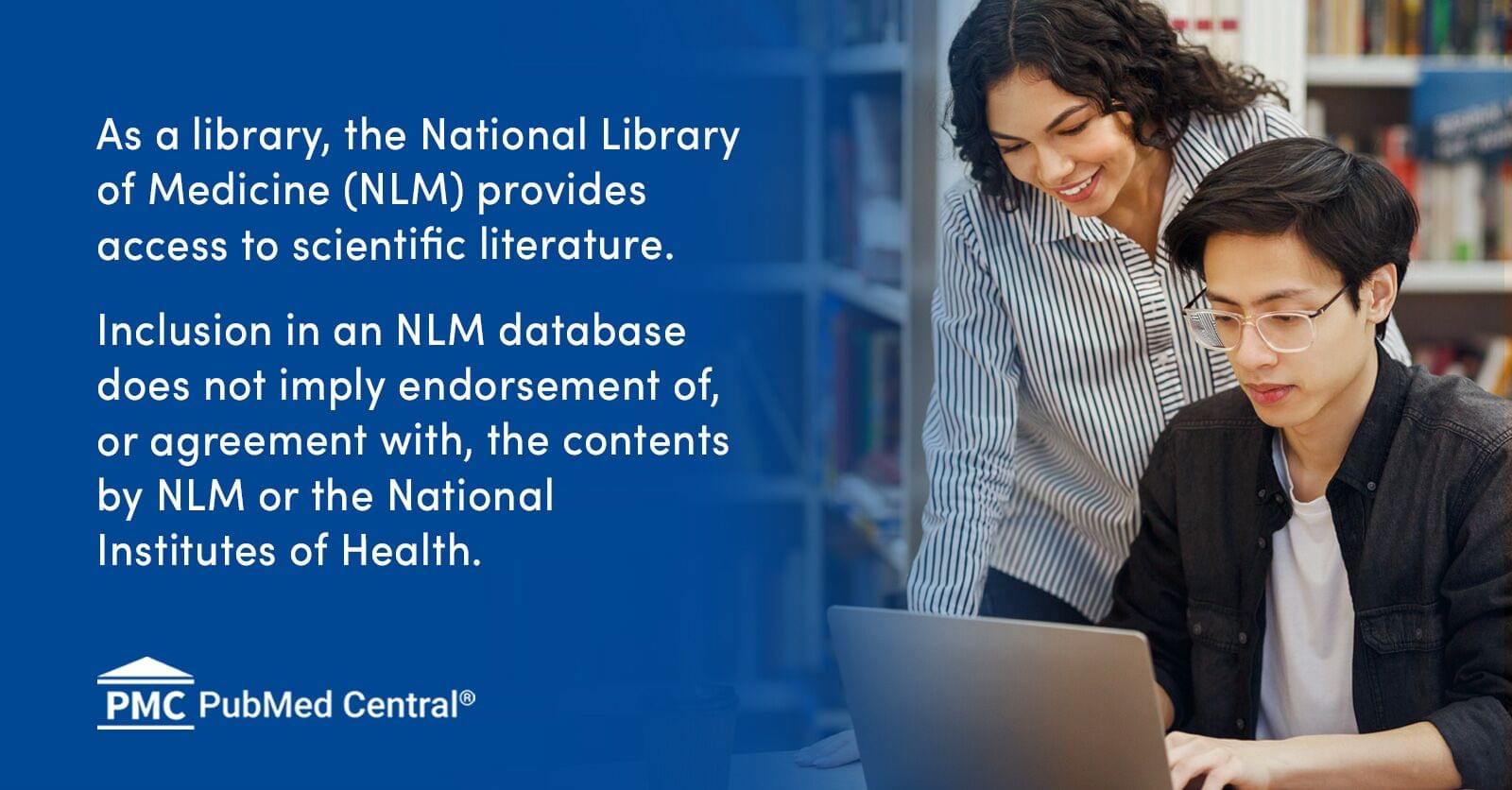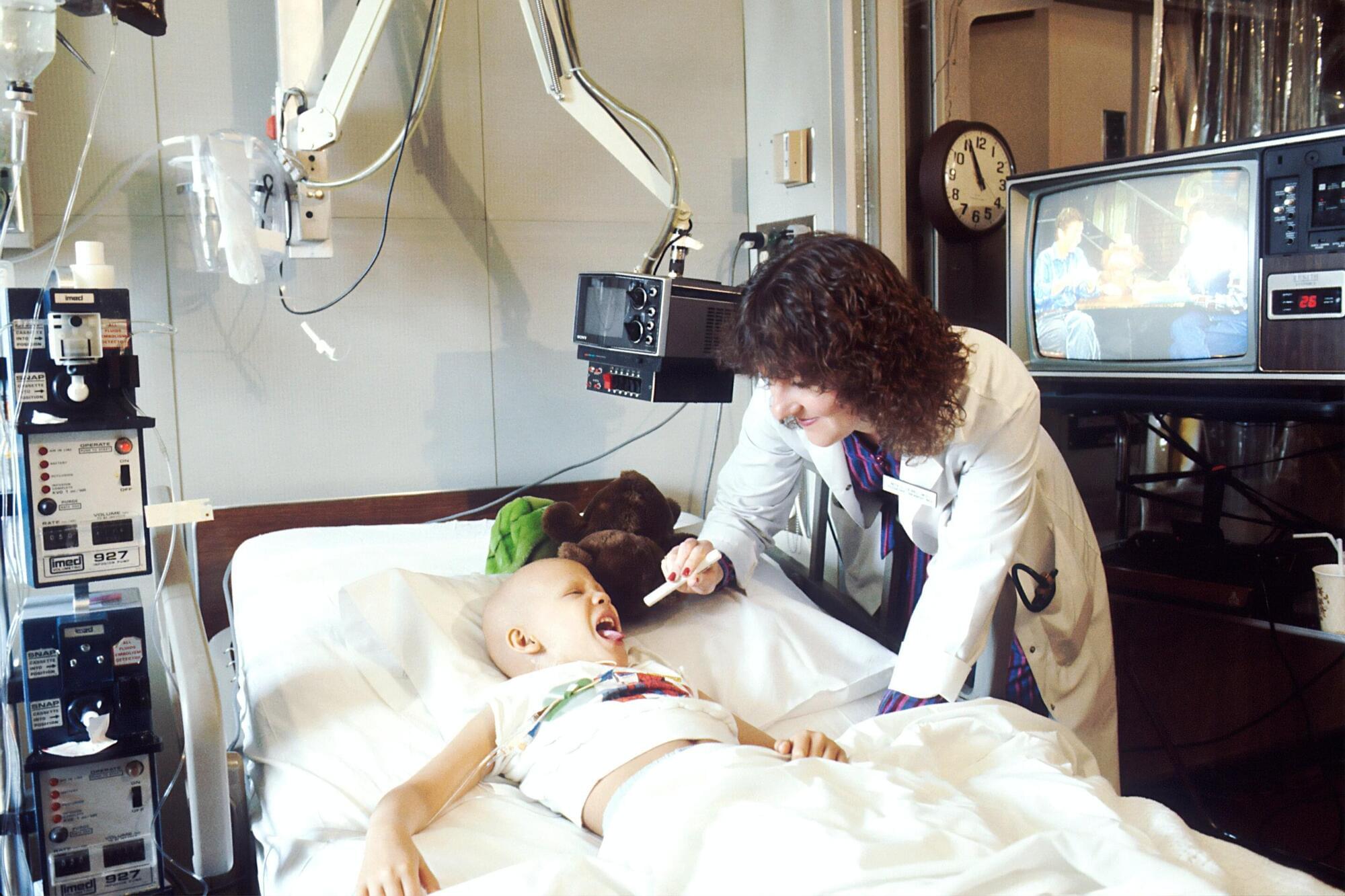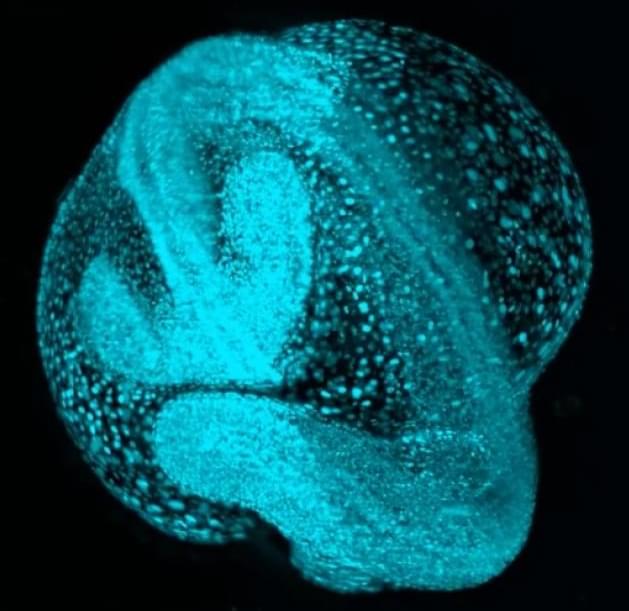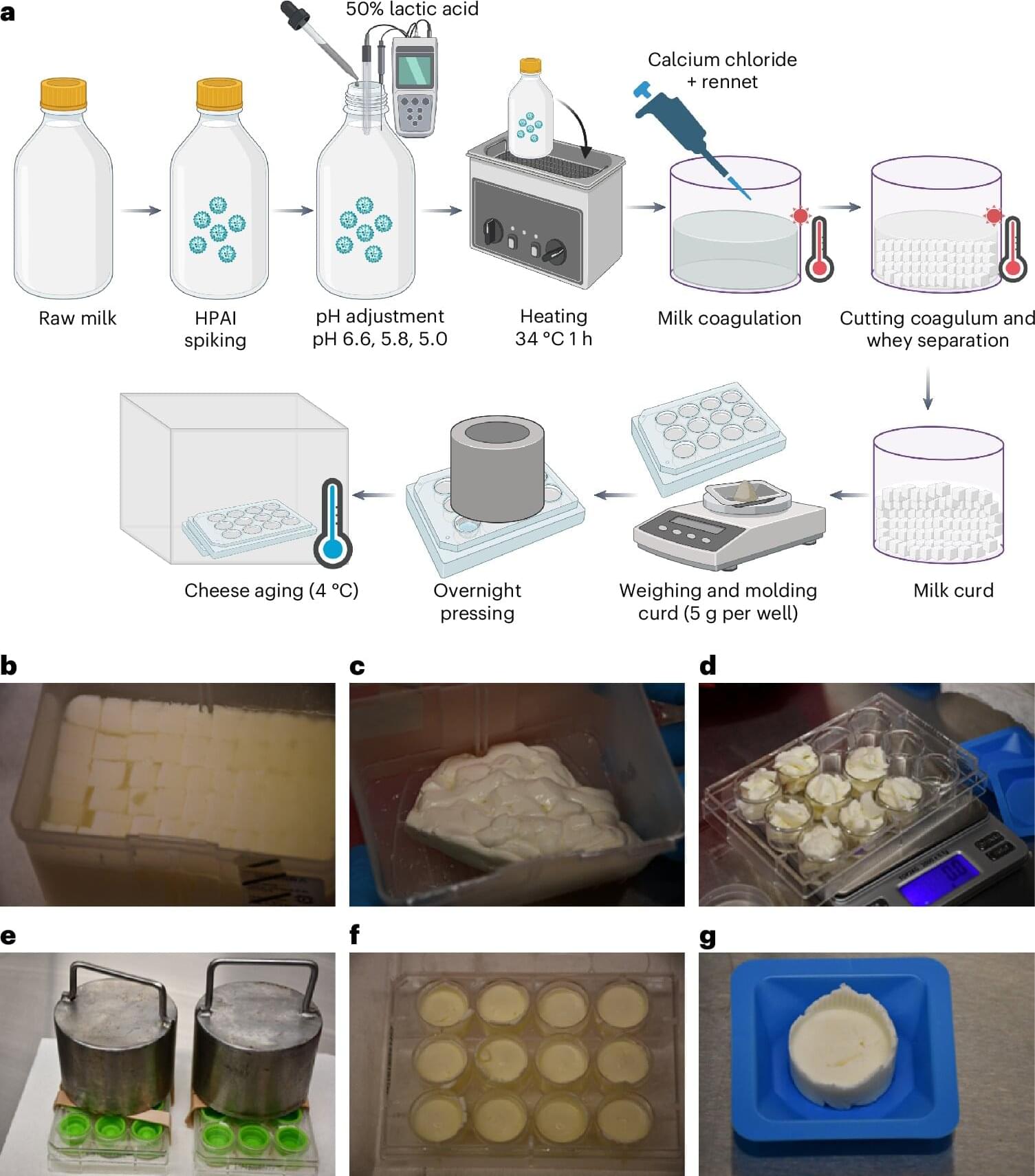A recent breakthrough from Mayo Clinic researchers offers new hope. Using the world’s largest imaging dataset, Mayo Clinic’s team has developed a cutting-edge AI model capable of detecting pancreatic cancer on standard CT scans—when surgery is still an option. This breakthrough represents a leap forward in the fight against pancreatic cancer, with the potential to save lives. Learn more about this life-changing innovation in early cancer detection. Featured experts include Ajit Goenka, M.D., radiologist and professor of radiology at Mayo Clinic’s Comprehensive Cancer Center and Suresh Chari, M.D., professor, Department of Gastroenterology, Hepatology, and Nutrition in the Division of Internal Medicine at MD Anderson Cancer Center. Subscribe to Tomorrow’s Cure wherever you get your podcasts. Visit tomorrowscure.com for more information.
This podcast is for informational purposes only and should not be relied upon as professional, medical or legal advice. Always consult with a qualified health care provider for any medical advice. The appearance of any guest does not imply an endorsement of them, their employer, or any entity they represent. The views and opinions are those of the speakers and do not necessarily reflect the views of Mayo Clinic. Reference to any product, service or entity does not constitute an endorsement or recommendation by Mayo Clinic.
From Mayo Clinic to your inbox, sign-up for free: https://mayocl.in/3e71zfi.
Visit Mayo Clinic: https://www.mayoclinic.org/appointmen… Mayo Clinic on Facebook: / mayoclinic Follow Mayo Clinic on Instagram:
/ mayoclinic Follow Mayo Clinic on X, formerly Twitter: https://twitter.com/MayoClinic Follow Mayo Clinic on Threads: https://www.threads.net/@mayoclinic.
Like Mayo Clinic on Facebook: / mayoclinic.
Follow Mayo Clinic on Instagram: / mayoclinic.
Follow Mayo Clinic on X, formerly Twitter: https://twitter.com/MayoClinic.
Follow Mayo Clinic on Threads: https://www.threads.net/@mayoclinic








